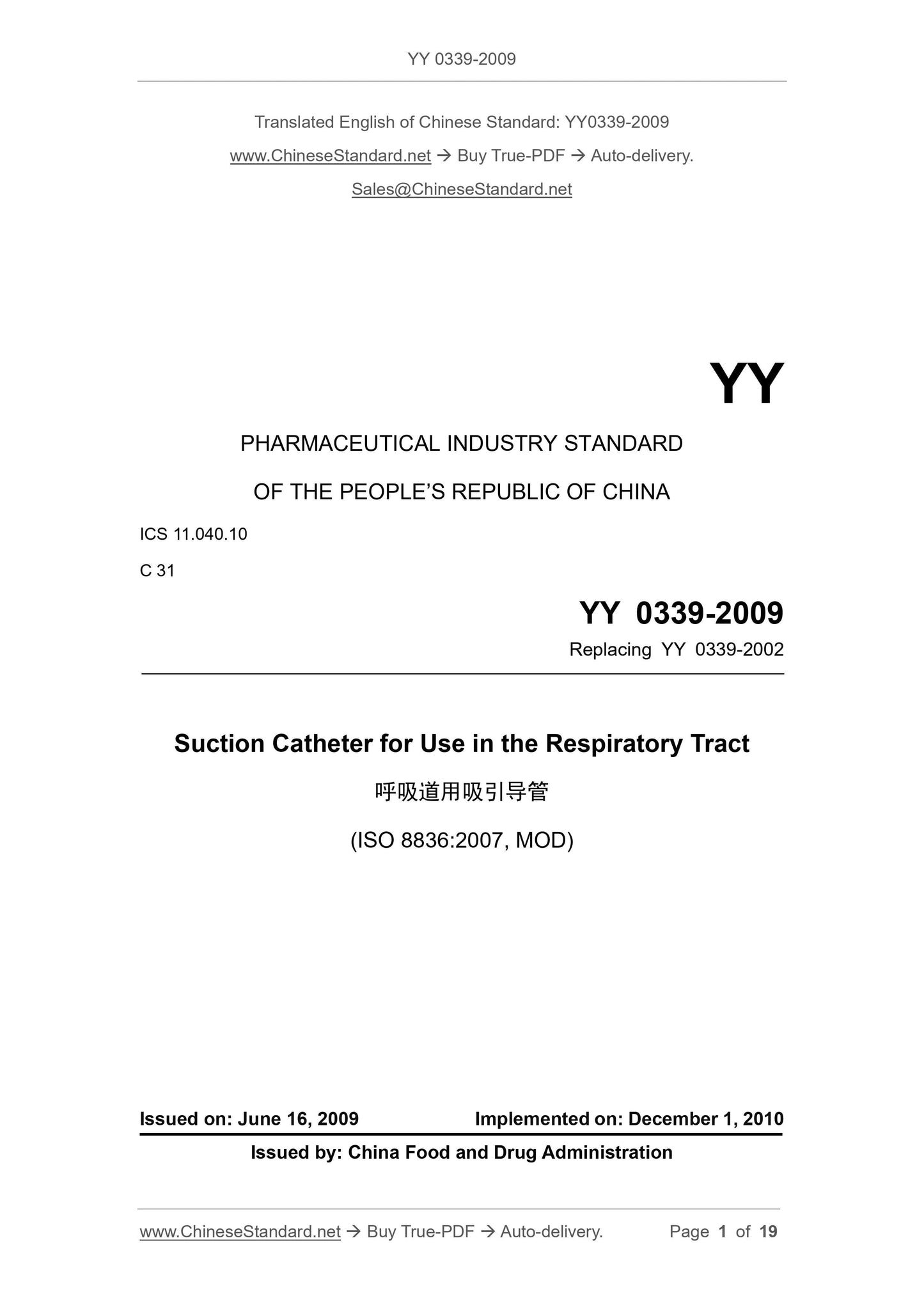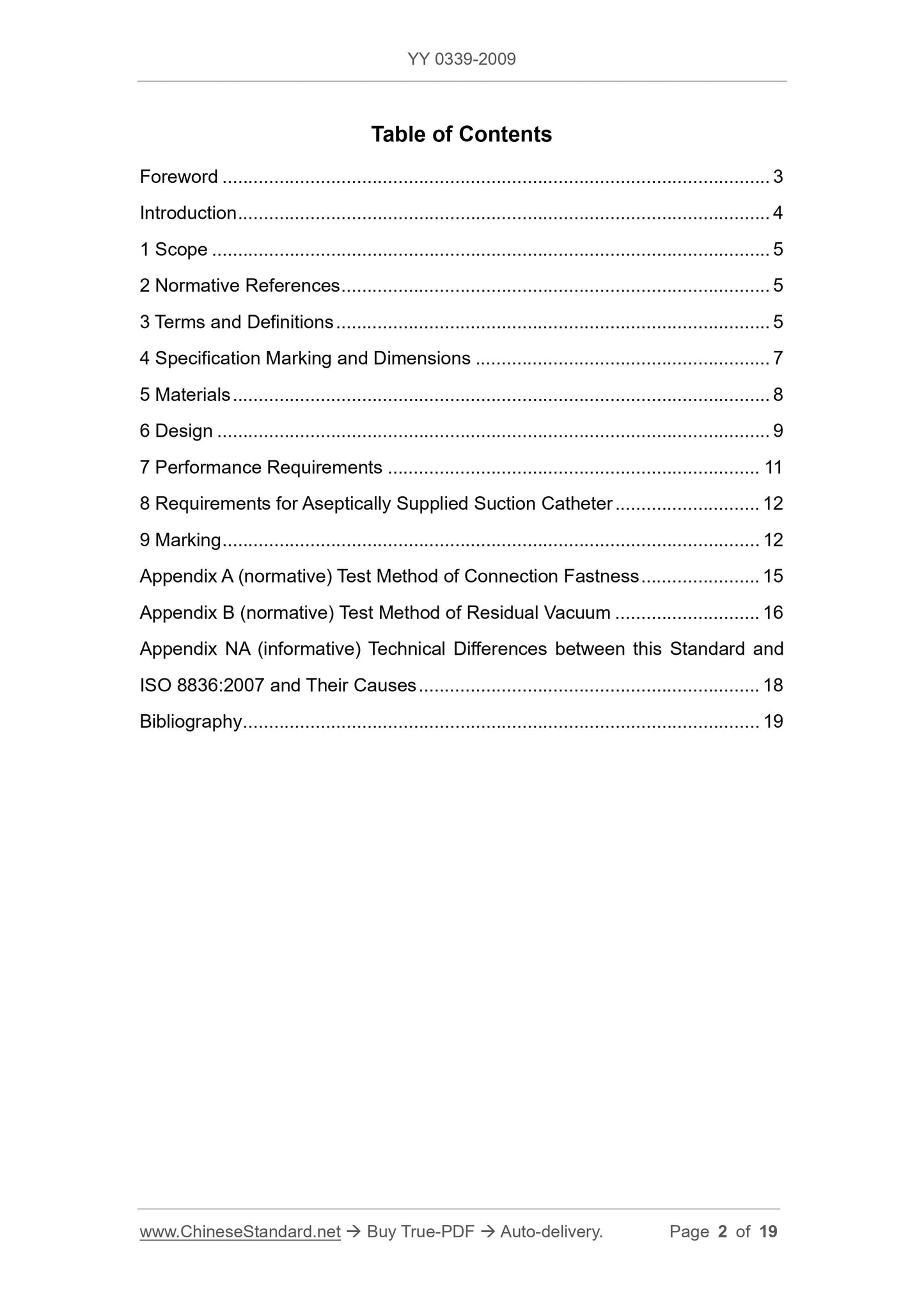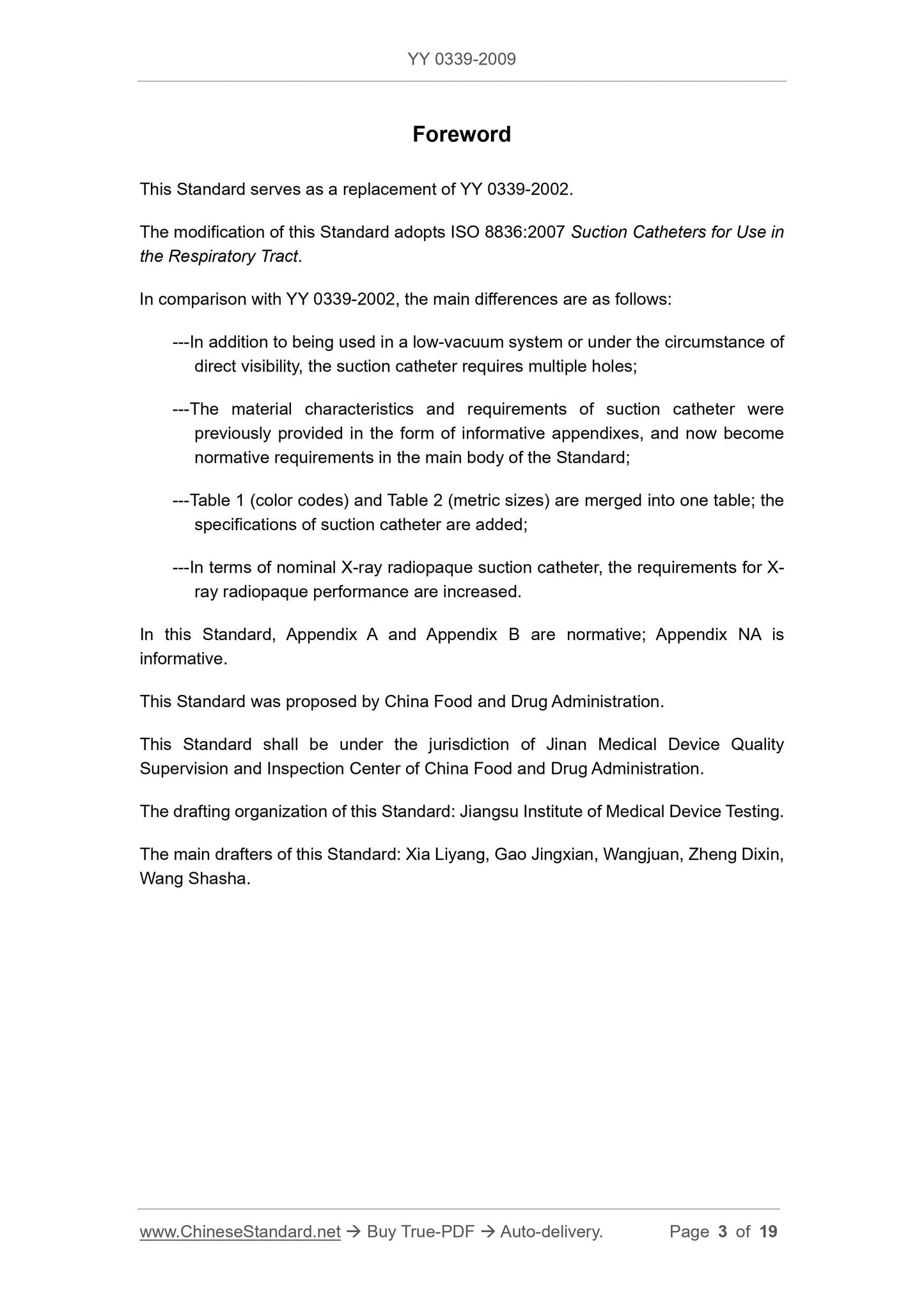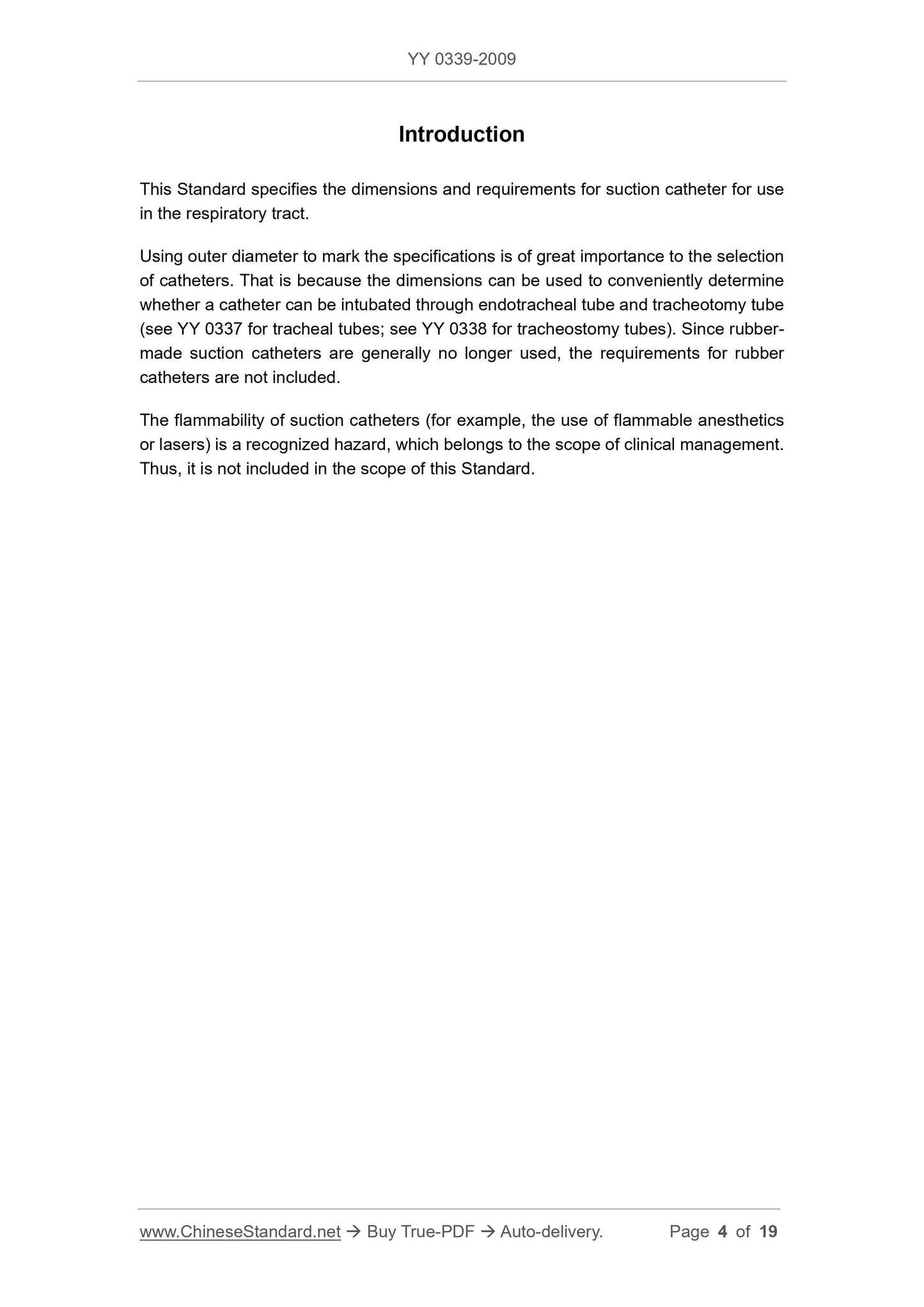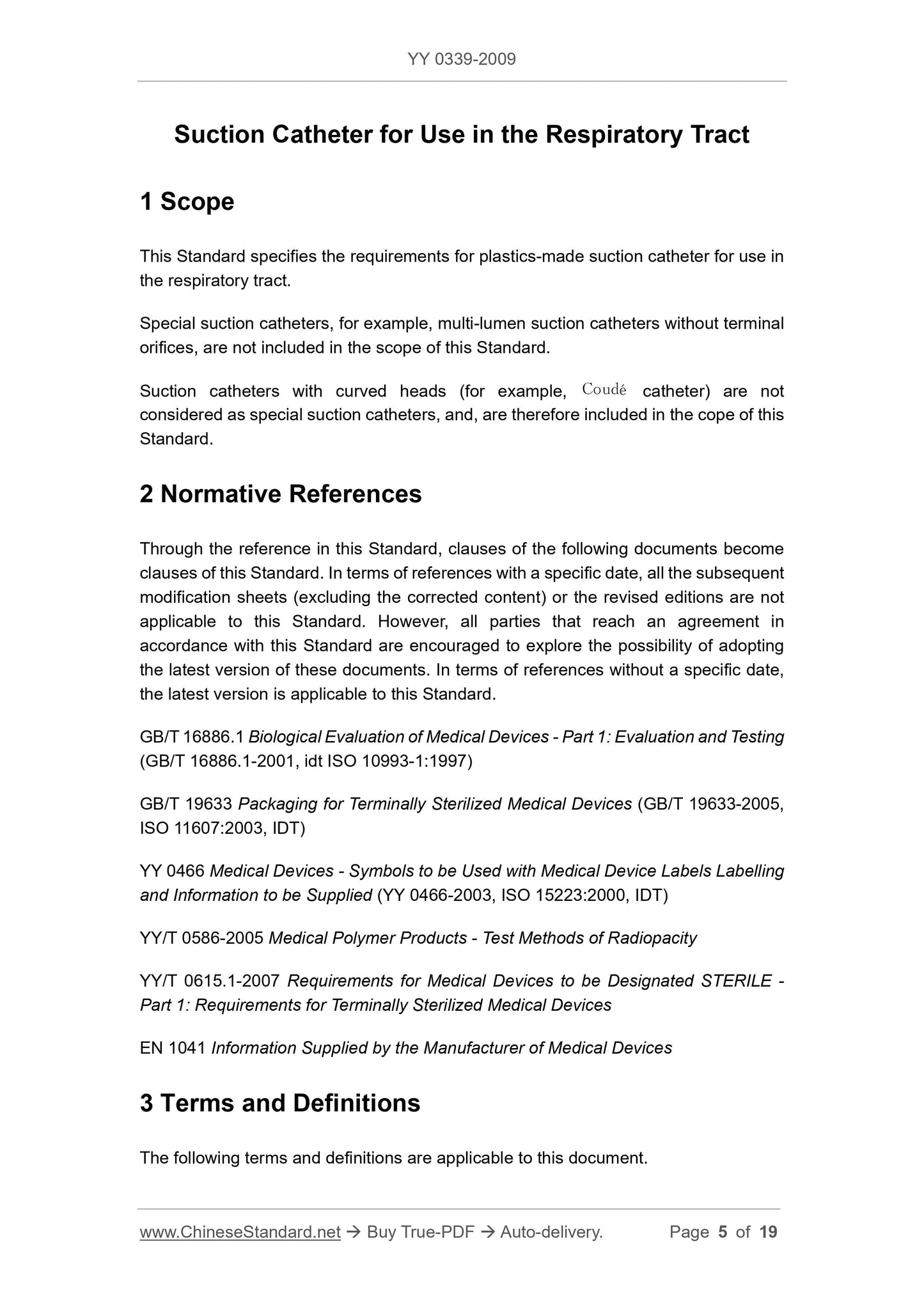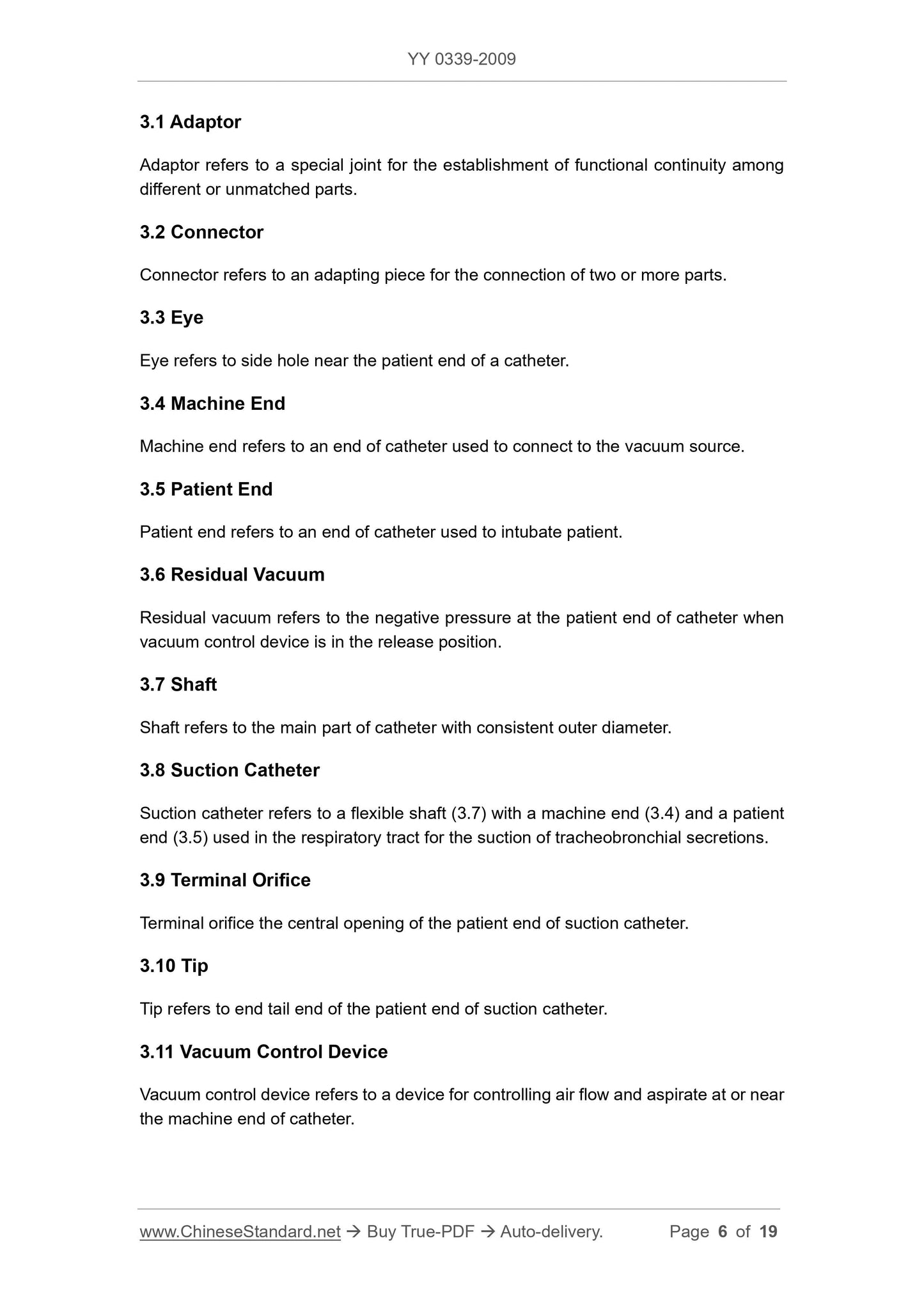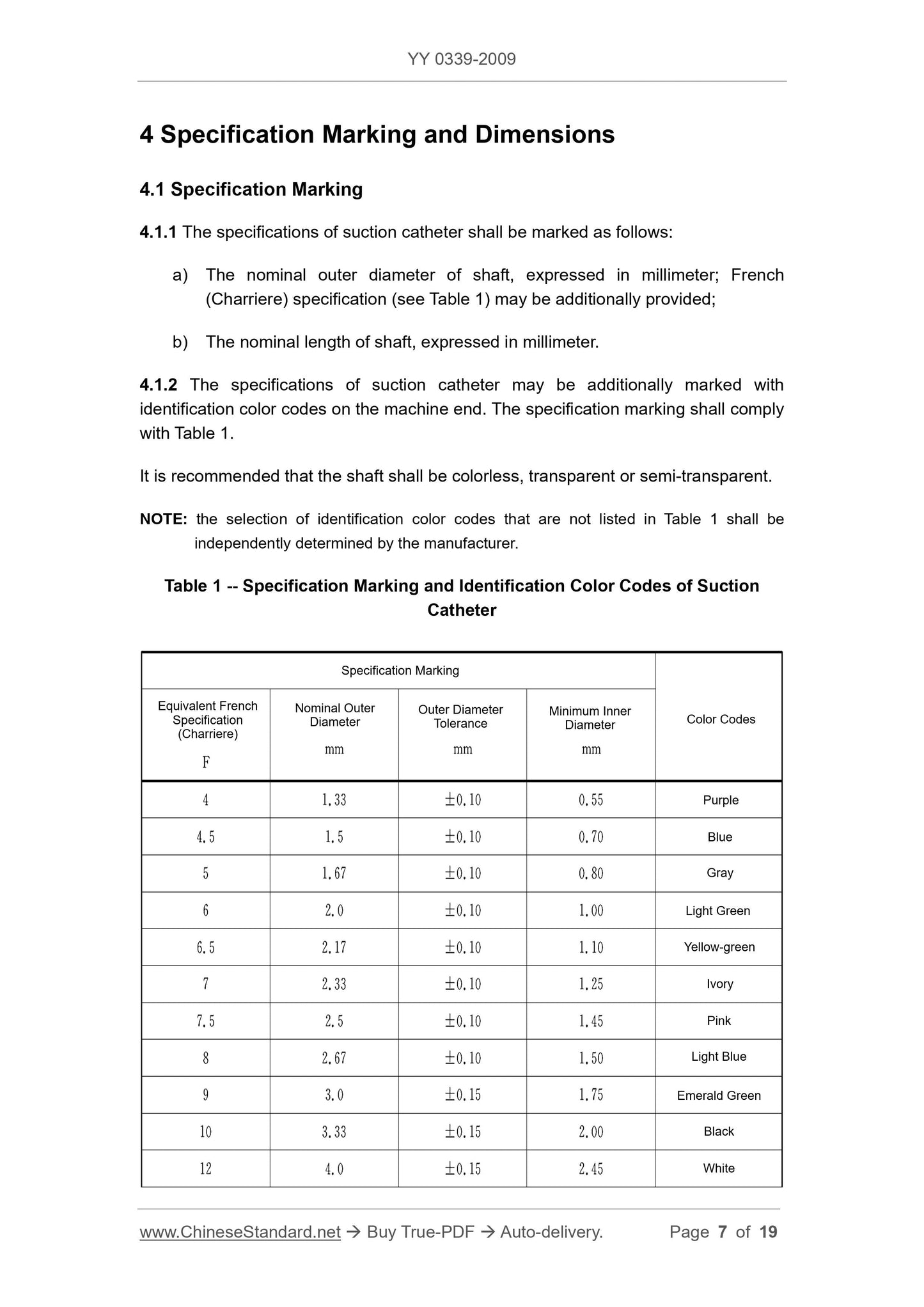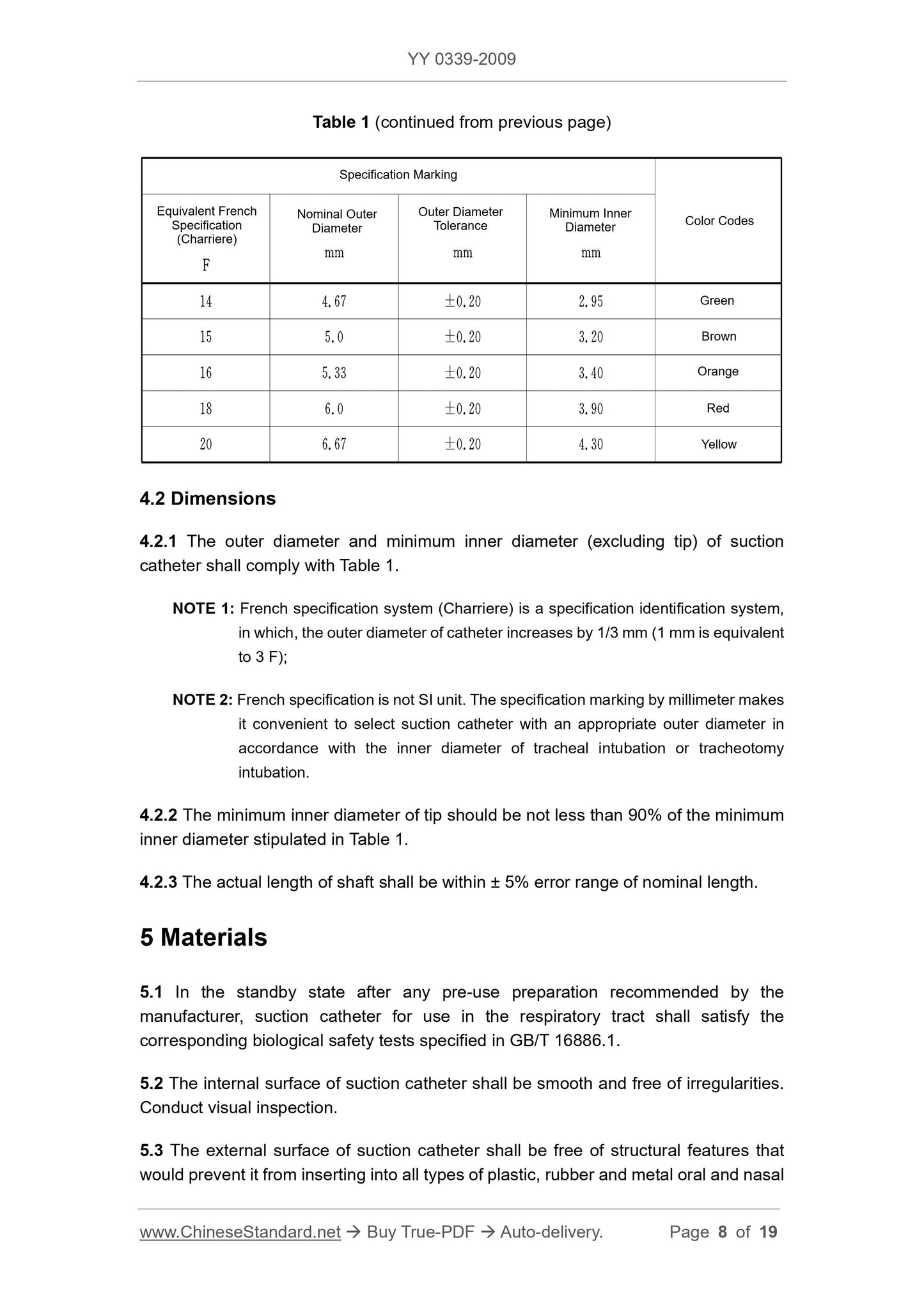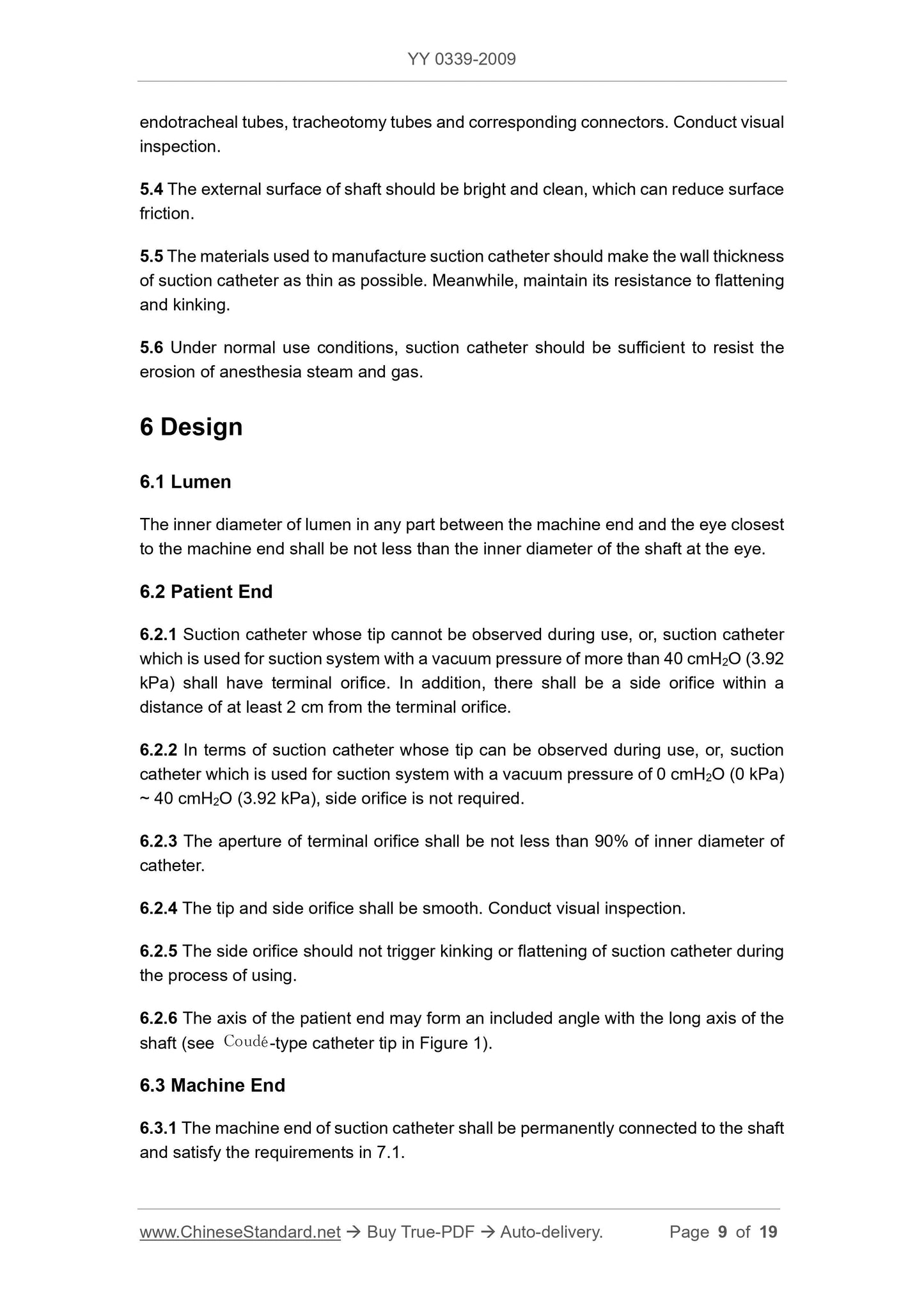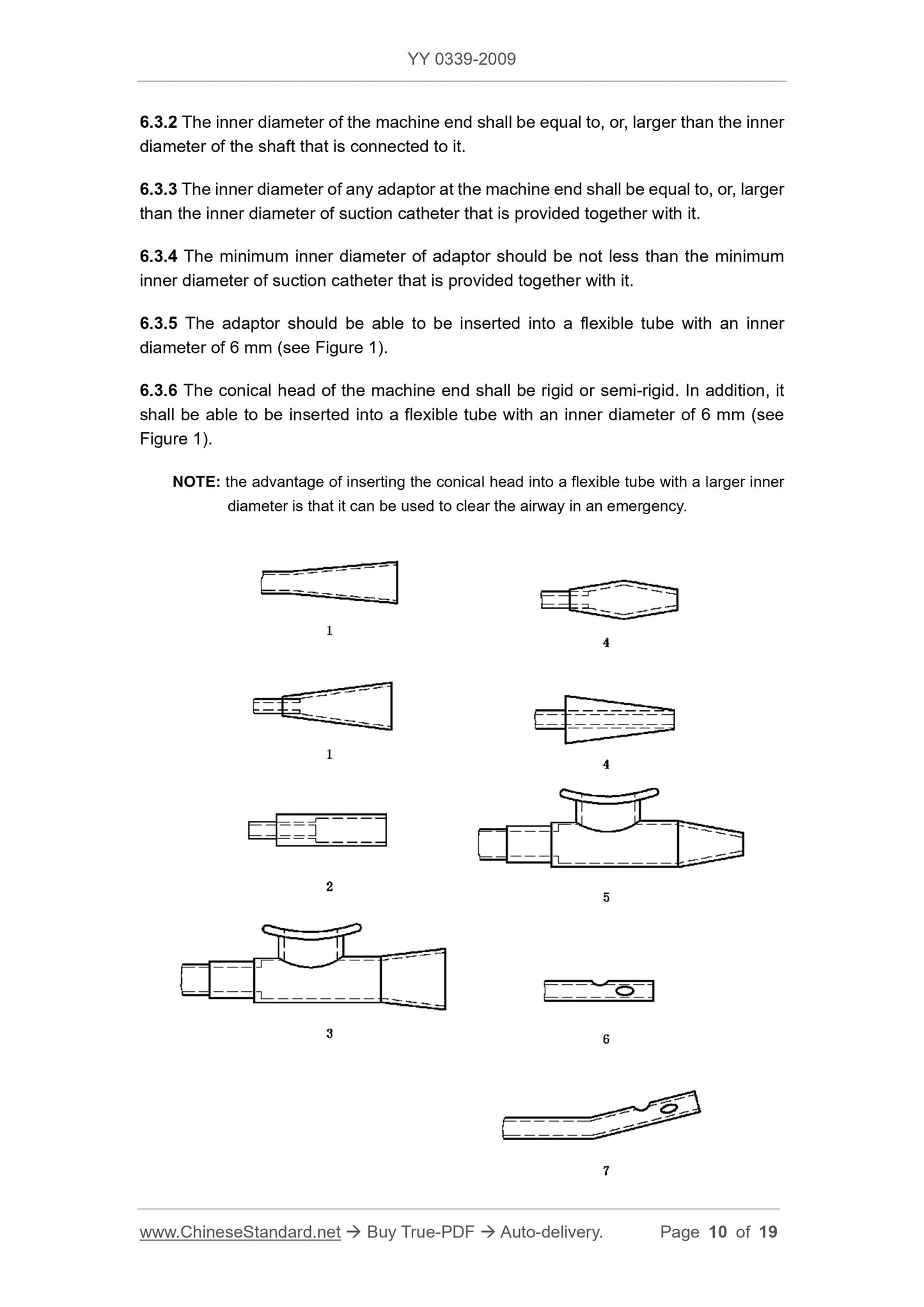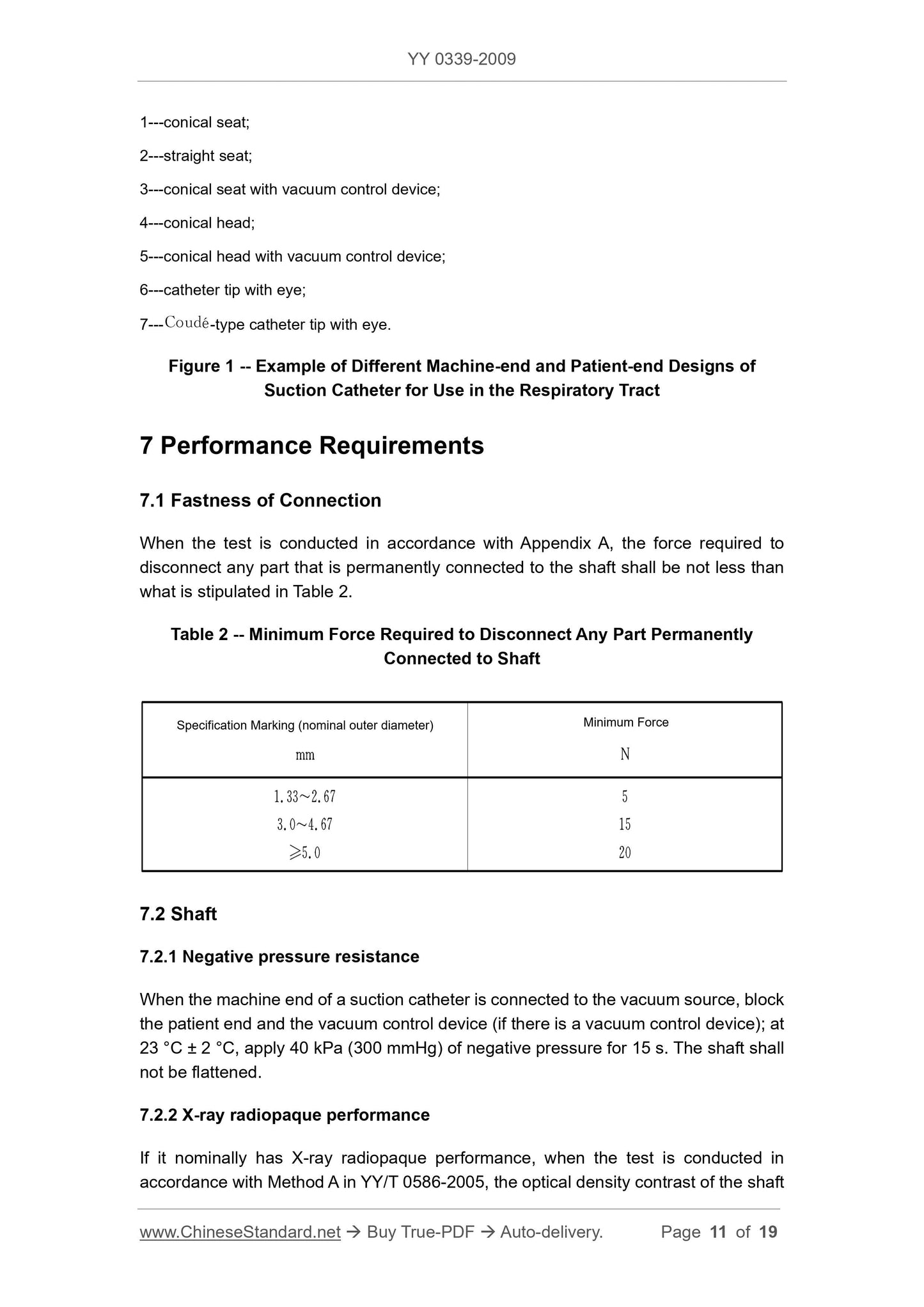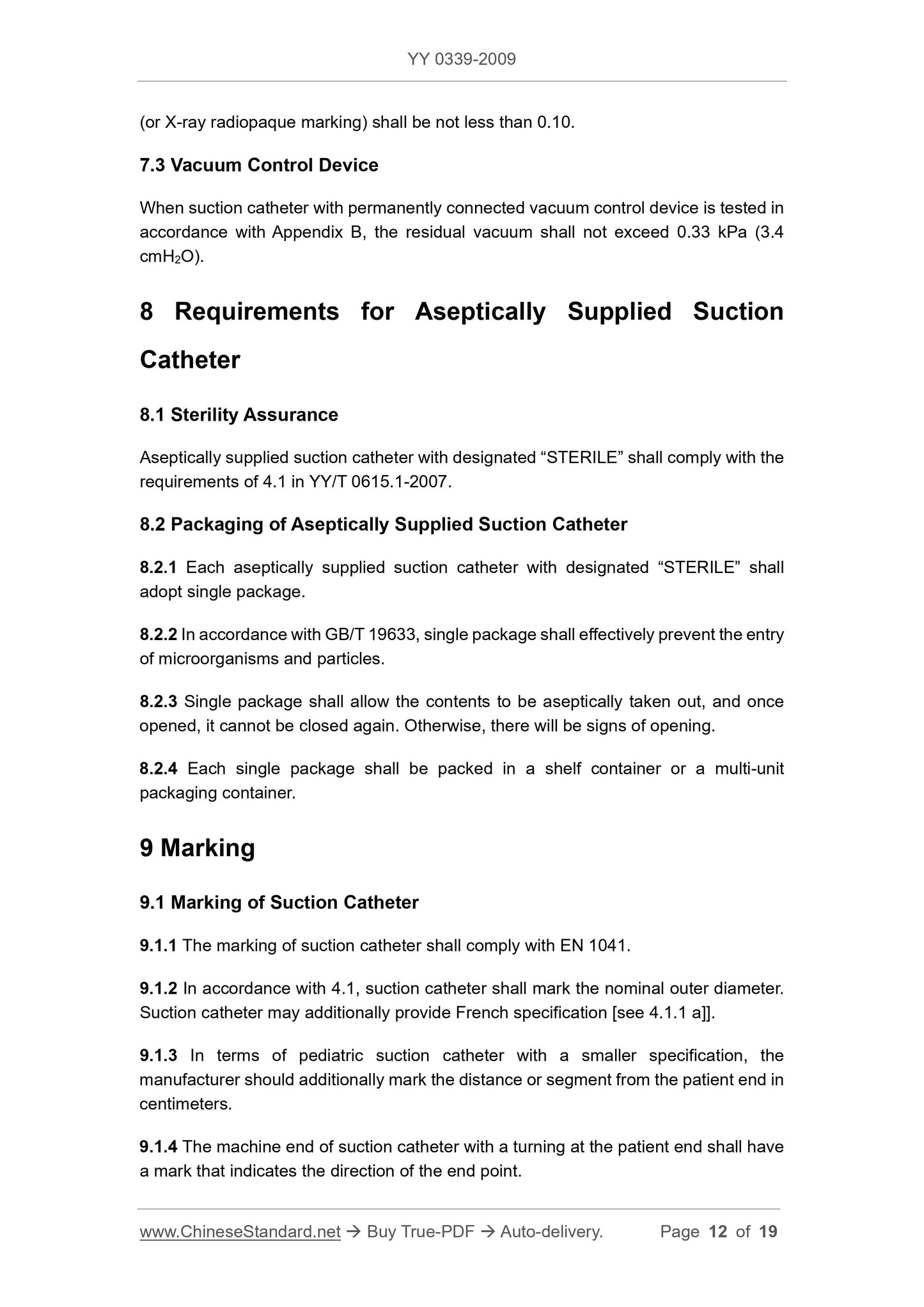1
/
of
12
PayPal, credit cards. Download editable-PDF & invoice in 1 second!
YY 0339-2009 English PDF
YY 0339-2009 English PDF
Regular price
$230.00
Regular price
Sale price
$230.00
Unit price
/
per
Shipping calculated at checkout.
Couldn't load pickup availability
YY 0339-2009: Suction catheter for use in the respiratory tract
Delivery: 9 seconds. Download (and Email) true-PDF + Invoice.Get Quotation: Click YY 0339-2009 (Self-service in 1-minute)
Newer / historical versions: YY 0339-2009
Preview True-PDF
Scope
This Standard specifies the requirements for plastics-made suction catheter for use inthe respiratory tract.
Special suction catheters, for example, multi-lumen suction catheters without terminal
orifices, are not included in the scope of this Standard.
Suction catheters with curved heads (for example, catheter) are not
considered as special suction catheters, and, are therefore included in the cope of this
Standard.
Basic Data
| Standard ID | YY 0339-2009 (YY0339-2009) |
| Description (Translated English) | Suction catheter for use in the respiratory tract |
| Sector / Industry | Medical Device and Pharmaceutical Industry Standard |
| Classification of Chinese Standard | C31 |
| Classification of International Standard | 11.040.10 |
| Word Count Estimation | 14,122 |
| Date of Issue | 2009-06-16 |
| Date of Implementation | 2010-12-01 |
| Older Standard (superseded by this standard) | YY 0339-2002 |
| Quoted Standard | GB/T 16886.1; GB/T 19633; YY 0466; YY/T 0586-2005; YY/T 0615.1-2007; EN 1041 |
| Adopted Standard | ISO 8836-2007, MOD |
| Regulation (derived from) | Industry standard filing Notice 2009 No. 9 |
| Issuing agency(ies) | State Food and Drug Administration |
| Summary | This standard specifies the respiratory suction catheter with a plastic manufacturing requirements. Special aspiration catheter, if there is no end to attract multi-lumen catheter holes, not included in the scope of this standard. Suction head is curved catheter (eg Coud�� catheters) are not considered special aspiration catheter, therefore included in the standard range. |
Share
